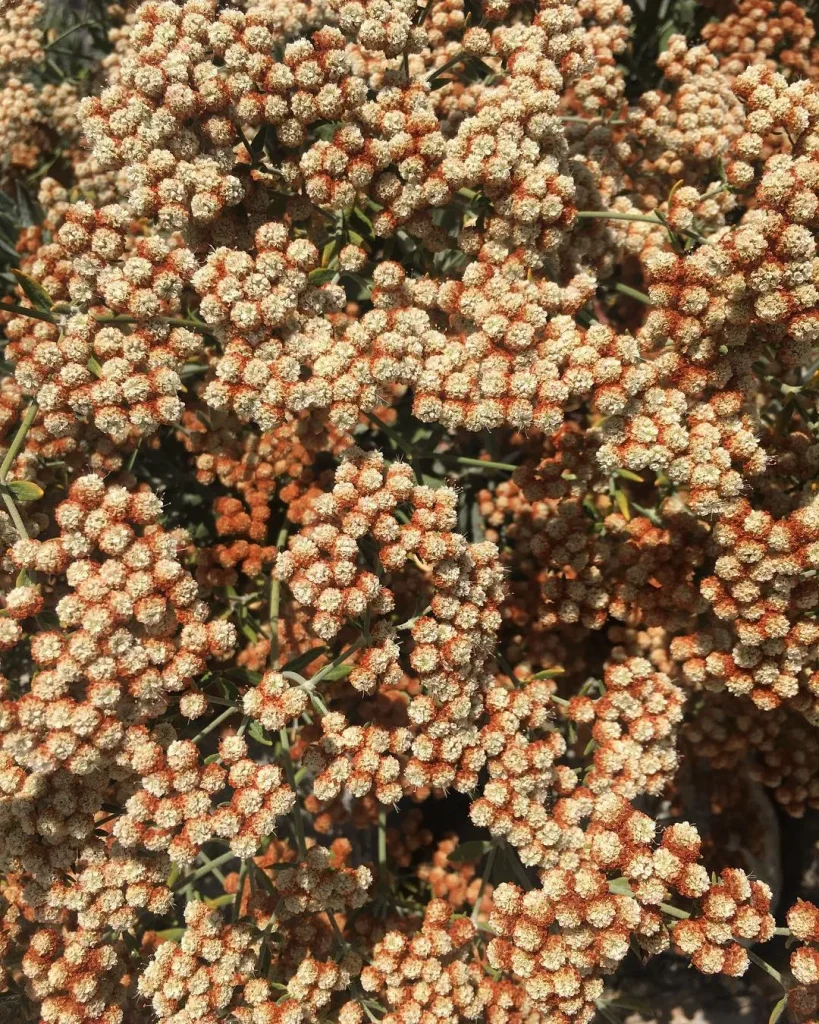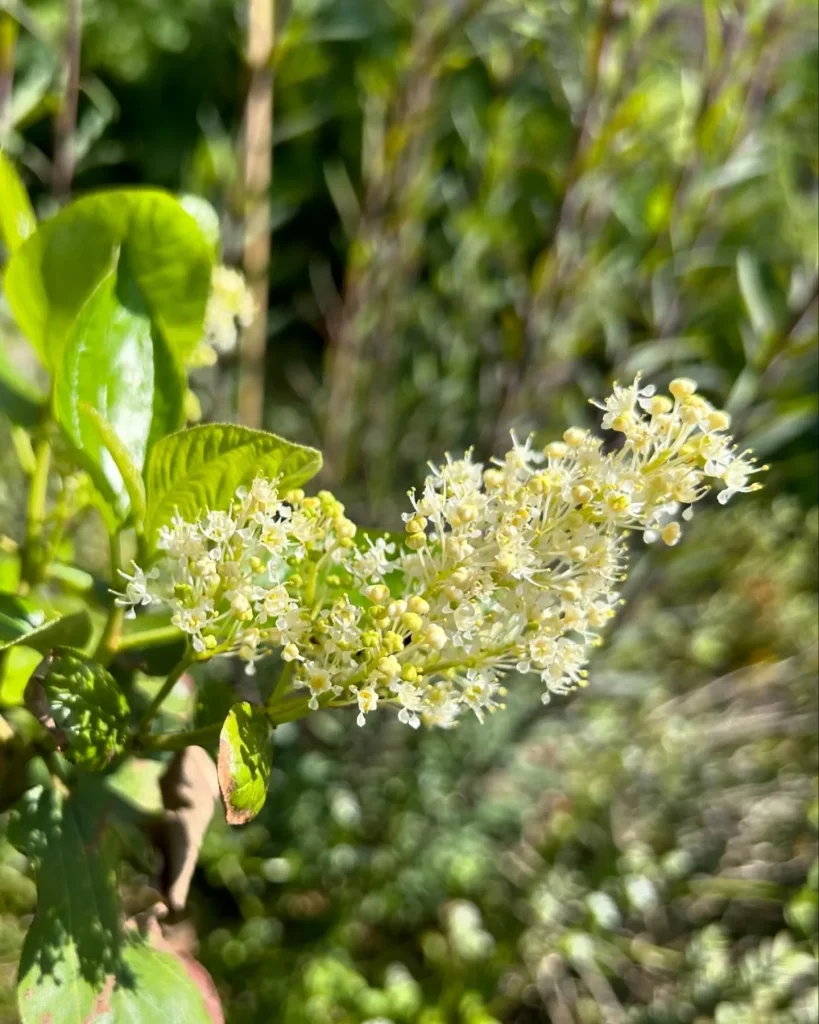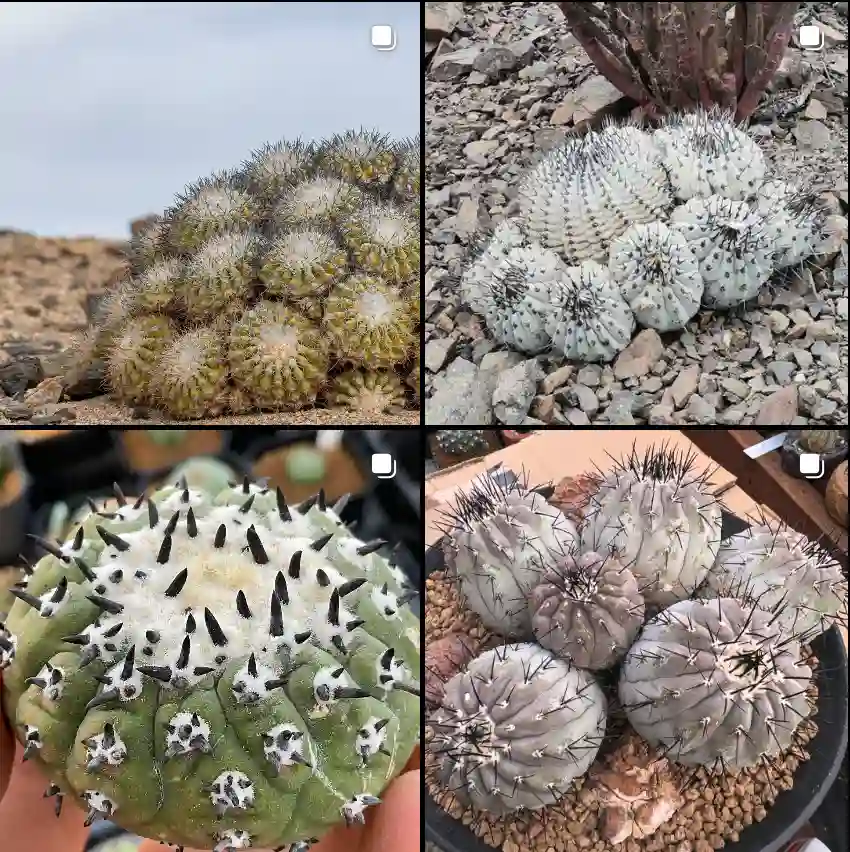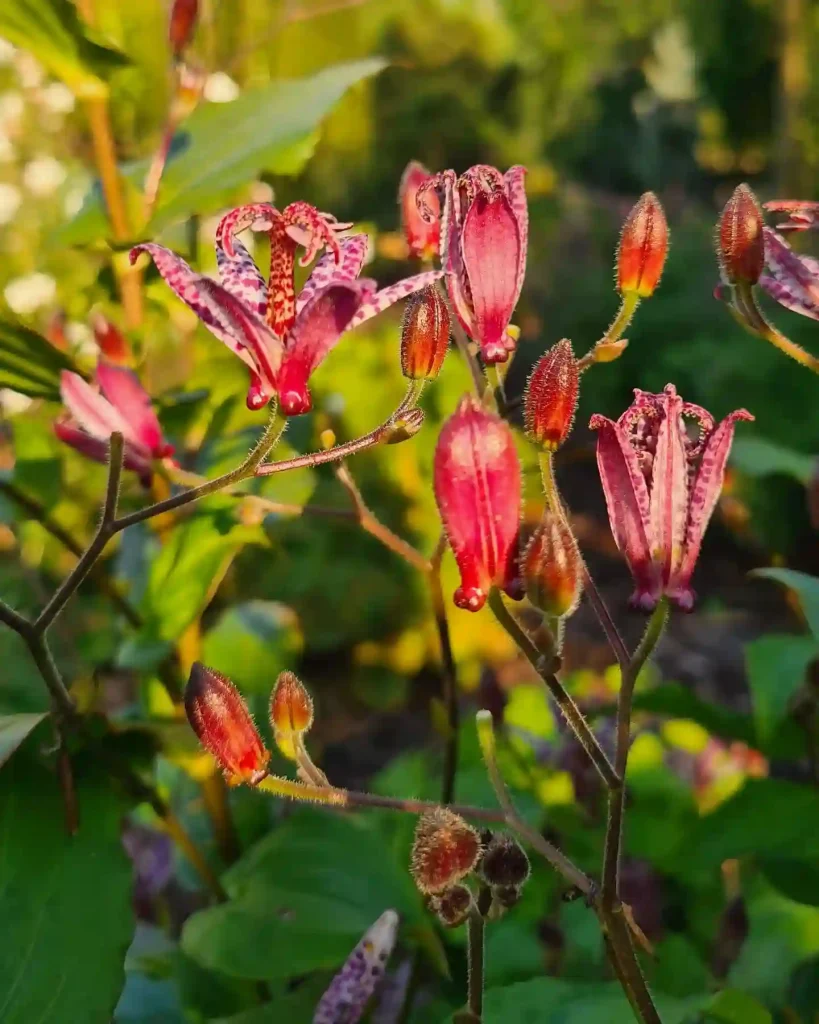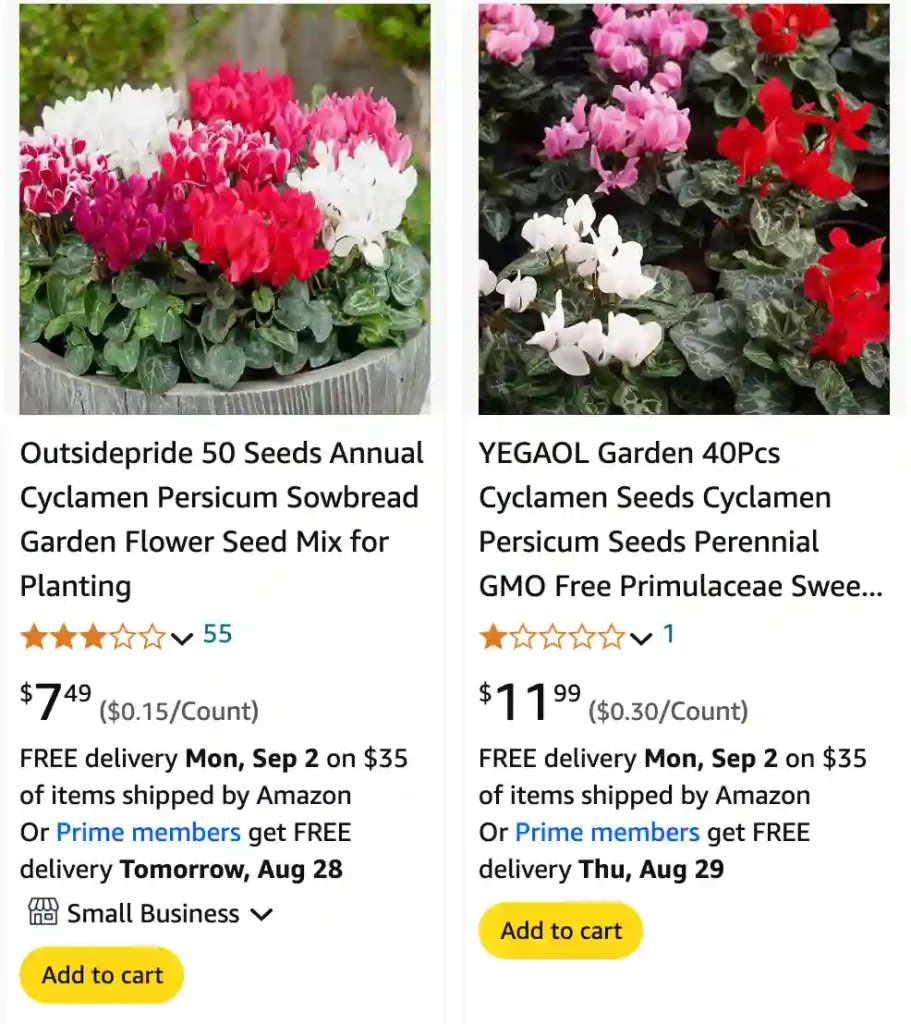
FAQs About Cyclamen Persicum
As a plant enthusiast, I’ve always been fascinated by the beauty and charm of Cyclamen Persicum. Known for its vibrant flowers and unique foliage, this plant is a favorite among many gardeners. In this article, I’ll share my personal insights and answer some of the most frequently asked questions about Cyclamen Persicum, from care tips to propagation methods and more.
24 Species in Genus Cyclamen
What Is Cyclamen Persicum?
Cyclamen Persicum, often referred to as the florist’s cyclamen, is a flowering plant native to the Mediterranean region. It is known for its heart-shaped leaves, often marked with silver patterns, and its colorful blooms that range from white and pink to deep red. These flowers are characterized by their delicate, nodding petals, which give the plant its distinctive appearance. Cyclamen Persicum is a popular choice for both indoor and outdoor gardens due to its aesthetic appeal and relatively low maintenance requirements.
How to Care for Cyclamen Persicum?
Caring for Cyclamen Persicum is fairly straightforward, but it does require attention to a few specific needs. Here’s what I’ve found works best:
- Light: Cyclamen Persicum thrives in bright, indirect light. If you’re growing it indoors, place it near a north or east-facing window. Direct sunlight can scorch the leaves and flowers, so it’s best to avoid placing it in the full sun.
- Watering: Overwatering is one of the most common mistakes with Cyclamen Persicum. These plants prefer to be kept on the drier side. Water them only when the top inch of soil feels dry to the touch. Watering from the bottom is also recommended to prevent the tuber from rotting.
- Temperature: Cyclamen Persicum prefers cooler temperatures, ideally between 50-68°F (10-20°C). High temperatures can cause the plant to go dormant prematurely. If you’re growing them indoors, keep them away from heating vents or direct heat sources.
- Humidity: This plant enjoys moderate humidity. If the air in your home is dry, consider placing a humidity tray under the pot or using a room humidifier.
- Fertilization: Feed Cyclamen Persicum with a balanced, water-soluble fertilizer every 2-4 weeks during the growing season (fall through early spring). Avoid fertilizing during its dormant period.
Is Cyclamen Persicum Hardy?
Cyclamen Persicum is not particularly hardy, especially when compared to other cyclamen species. It is sensitive to frost and cannot survive in temperatures below 40°F (4°C). If you live in a region with cold winters, it’s best to grow Cyclamen Persicum indoors or treat it as an annual plant in your garden. In mild climates, they can be grown outdoors but should be brought inside or protected during cold snaps.
How to Grow Cyclamen Persicum from Seed?
Growing Cyclamen Persicum from seed can be a rewarding experience, though it does require patience. Here’s the method I’ve used successfully:
- Seed Collection: If you already have a mature plant, you can collect seeds from the seed pods once the flowers have faded. Allow the seed pods to dry out before harvesting the seeds.
- Sowing Seeds: Sow the seeds in a well-draining potting mix. Cover them lightly with soil, as they need some darkness to germinate. Keep the soil consistently moist but not waterlogged.
- Temperature: Cyclamen Persicum seeds require a cool environment to germinate. Keep them in a location where the temperature is around 60°F (15°C). Germination can take anywhere from 4 to 8 weeks.
- Transplanting: Once the seedlings have developed a few leaves, they can be transplanted into individual pots. Continue to care for them as you would for mature plants, gradually increasing their exposure to light and adjusting watering as needed.
Is Cyclamen Persicum Poisonous to Cats?
Yes, Cyclamen Persicum is toxic to cats. The plant contains saponins, which can cause drooling, vomiting, and diarrhea if ingested. The tubers, in particular, are highly toxic and can lead to more severe symptoms such as heart rhythm abnormalities or seizures. If you have cats, it’s best to keep Cyclamen Persicum out of reach or consider choosing non-toxic plants for your home.
Can Cyclamen Persicum Be Grown Indoors?
Absolutely! Cyclamen Persicum makes an excellent indoor plant, especially during its blooming period. Its compact size and attractive flowers make it a popular choice for windowsills and indoor plant displays. Just ensure it gets enough bright, indirect light, and maintain a cool environment to mimic its natural habitat.
Common Problems with Cyclamen Persicum
Like all plants, Cyclamen Persicum can encounter some problems:
- Yellowing Leaves: This is often a sign of overwatering or exposure to high temperatures. Adjust your watering routine and ensure the plant is in a cool location.
- Wilting: Wilting can be caused by both overwatering and underwatering. Check the soil moisture and adjust your watering habits accordingly.
- Pests: Cyclamen Persicum can be susceptible to pests such as aphids and spider mites. Regularly check the plant for signs of pests and treat with insecticidal soap if necessary.
What to Plant with Cyclamen Persicum?
Cyclamen Persicum pairs well with other cool-season plants. I’ve found that combining them with plants like pansies, primroses, and ornamental cabbages creates a stunning display. Their bright flowers complement the blooms of Cyclamen Persicum, and they all thrive in similar growing conditions.
Cyclamen Persicum is a beautiful and rewarding plant to grow, whether indoors or in the garden. By following these care tips and being aware of its needs, you can enjoy the vibrant colors and charming flowers of this plant throughout its blooming season.
If i die, water my plants!
